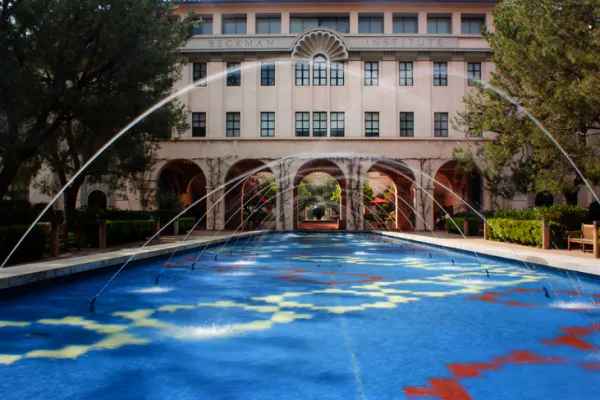In Marin County, across the Golden Gate Bridge from San Francisco, a well-appointed manufactured home in a glorified trailer park can sell for $1 million and rent for thousands a month.
Only in California?
Hardly. The Manufactured Housing Institute, an Arlington, Virginiabased industry association, reports that top-of-the-line fabricated houses in high-end real estate markets can fetch seven figures and lease for thousands. To be sure, these are not trailers-without-wheels fit only for po' white trash: The fanciest can run to more than 3,000 square feet.
They can be so appealing, in fact, that manufactured-home parks have lately attracted a significant contingent of institutional investors. Among the real estate investment trusts that own stakes in the sector: Equity Lifestyle Properties, with a market capitalization of $1 billion; Affordable Residential Communities ($489 million); and United Mobile Homes ($145 million).
Manufactured-home parks, like apartment buildings, offer an owner steady rents, but unlike apartments, they require minimal maintenance. And in contrast to other sectors, the parks look attractively valued.
In fact, they may be a bargain. As conventional homes became easier to buy because of the ultralow interest rates of the past several years, renters moved out of apartments into single-family residences, skipping what had been an interim stop for some: manufactured housing. Even high-quality portfolios of manufactured-home communities saw occupancy rates slip below 90 percent by mid-2005; many are currently in the 70 percent range.
But the manufactured-housing sector should benefit as interest rates rise, as some would-be homeowners can't get mortgages.
The biggest investor name in the sector is the $52 billion Washington State Investment Board. In 2002 it bought out four co-investors to take over Hometown America, which now owns more than 153 manufactured-housing communities. The following year Hometown acquired a rival, Chateau Communities. Steven Draper, WSIB's senior investment officer for real estate, says that the plan's return on its investment in Hometown America was 20.7 percent in 2004 and an annualized 18.5 percent for three years. Nothing trashy about that.
Equity Lifestyle, which owns 278 properties throughout the U.S., concentrates on manufactured-home parks for retirees, whom it has found to be good tenants. It also sees a huge market emerging as baby boomers leave their jobs. For the six months ended June 30, the company reported profits of $11.2 million on revenues of $191 million. The stock rose from $30 in January 2004 to $41 in late October 2005.
Randall Rowe, former CEO of Hometown America, started Green Courte Partners, a private equity property investor that focuses on manufactured-home parks. He has amassed $120 million from foundations, endowments and high-net-worth families. "Instead of trying to build another large, fully integrated company," Rowe says, "we invest with regional operators and help expand their businesses within a region."
The manufactured-housing sector has its hazards. Affordable Residential Communities, with 315 properties, went public in February 2004 at $19 a share. After the IPO, it acquired a string of distressed manufactured-housing communities but had trouble turning them around. Affordable lost $15.6 million on revenues of $75.6 million in this year's first half. In September the company announced that it will sell 79 communities in 16 states and eliminate its third-quarter dividend. It also shifted its top management: Larry Willard, former chairman of ARC's audit committee, became chairman and CEO. The stock recently traded at $10.





